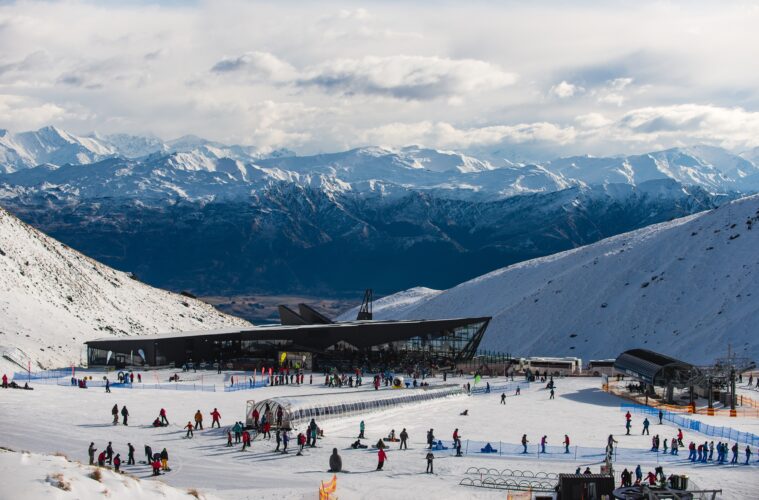With an itching desire to get back into the world and explore, there is no better time to turn that bucket-list dream vacation into reality – especially now that New Zealand is open to Canadian travellers!
With a rich cultural heritage, stunning luxury accommodations, unmissable and expansive national parks, magic dark sky reserves, and everything from deep-sea diving to skiing, there is indeed an adventure for everyone across the two islands.
Some highlights of New Zealand’s wonders below!
Night Sky Magic
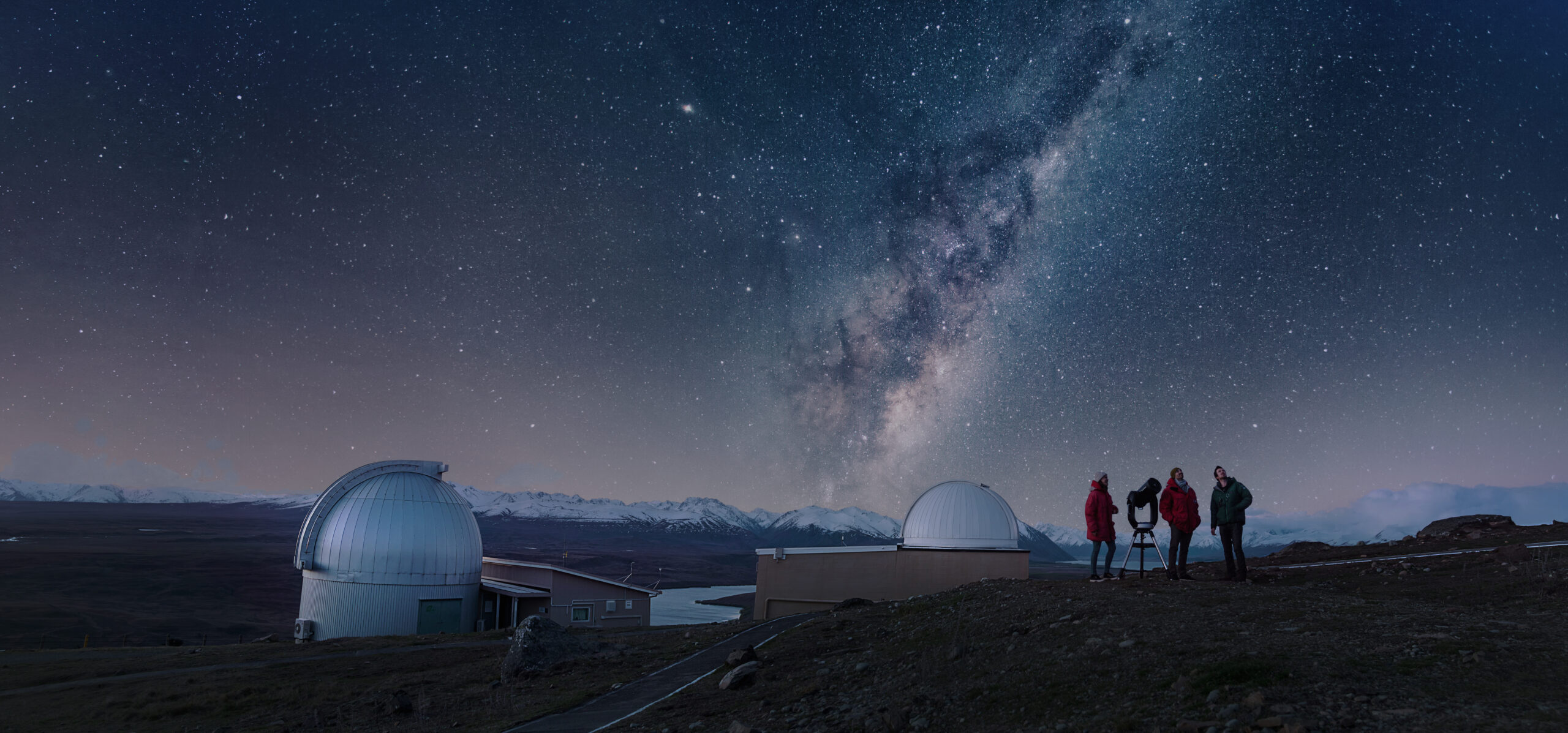
Tekapo Canterbury – Credit Julian Apse
Dark Sky Project | Lake Tekapo, South Island
It’s during the winter months that you have the best shot at seeing the mesmerizing Aurora Australis, or Southern Lights, the natural lights show that only takes place in the southernmost part of the world. If you don’t catch this rare phenomenon, you’ll still be graced with some of the darkest night skies in the world. There are several dark sky reserves and sanctuaries in New Zealand which reflects the superb quality of the night sky vision. Dark Sky Project offers tours in the Mackenzie region, internationally recognised as the largest Dark Sky Reserve in the world.
Hot Water Immersion
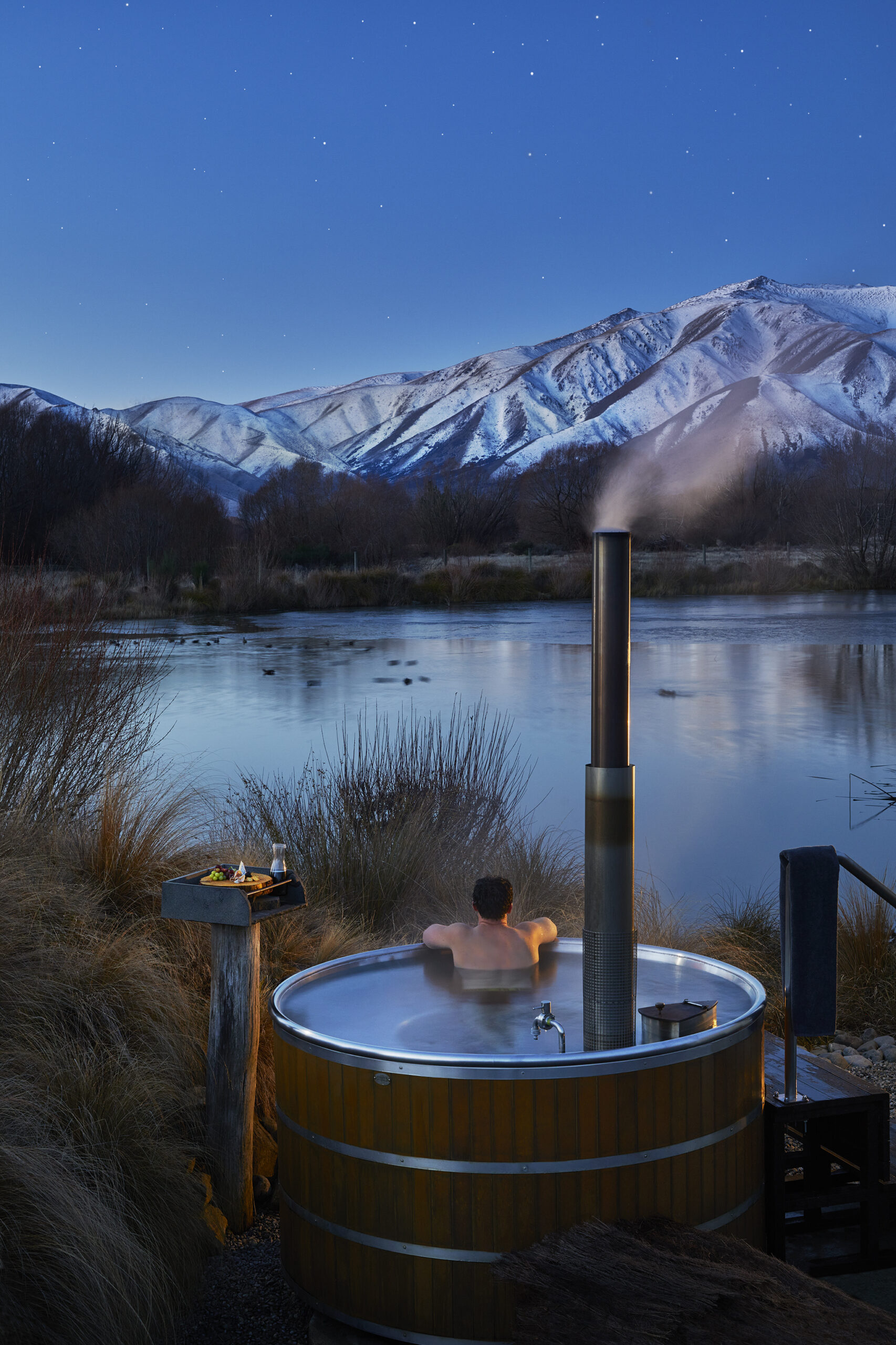
Credit: Hot Tubs Omarama
Hot Tubs Omarama Waitaki, South Island
Only 2 hours from Auckland, the Coromandel is a top holiday spot for Kiwis. “Unique” doesn’t begin to state how rare their Hot Water Beach is – within two hours either side of the tide visitors can dig themselves a pool (using their hands or a spade) where extremely hot water will sprout from the ground. If you like to immerse in hot water, a big range of hot pools is also available all-over New Zealand. The outdoor cedar wood tubs at Hot Tubs Omarama are the ultimate stop on a South Island Road trip. Also in the South Island, LandEscape rustic wood-fired hot tubs are filled with fresh alpine water from an on-site spring, with a unique and uninterrupted outlook of majestic snow-capped mountains and valleys. In Norh Island’s Rotorua, the Polynesian Spa is often listed as top a spa experience in the world, with exclusive access to both acidic and alkaline natural mineral springs.
Unmissable National Parks (Fiordland National Park South Island)
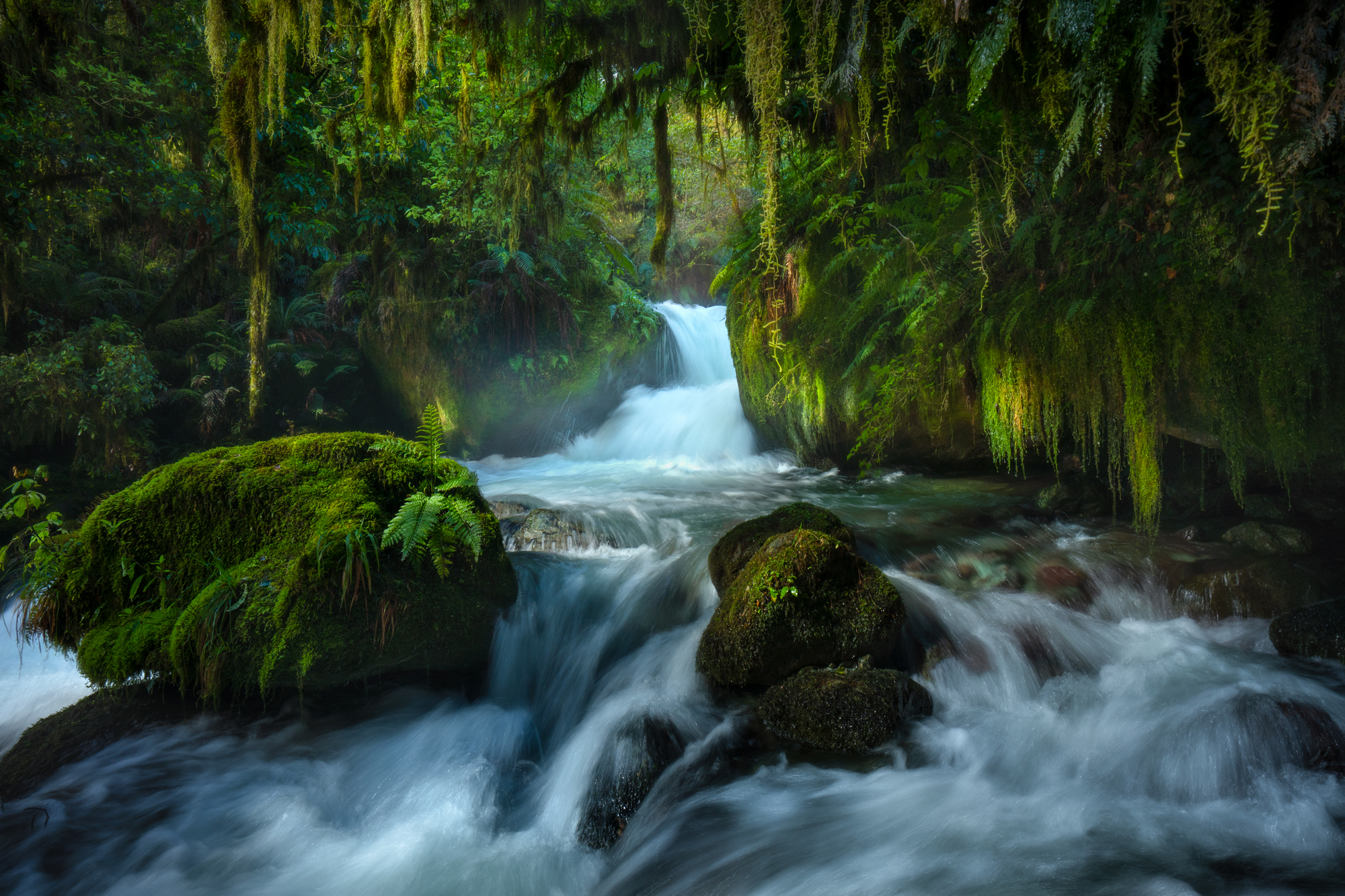
Credit: William Patino
Tongariro National Park was the first national park in New Zealand, and the first in the world created by gift from an indigenous people. It is recognised as a dual World Heritage Area by UNESCO for its outstanding natural and intangible cultural values. Close to it, Whanganui National Park contains one of the North Island’s largest lowland forests. The heart of the region lies in its river – Whanganui was granted personhood status in 2017, honouring an inseverable connection to the ancestral river and its rights as a living being. In the South Island, Fiordland National Park is one of the world’s most stunning natural gems. Home to Milford and Doubtful Sound, mountains like skyscrapers, waterfalls cascading like velvet and the quiet, stillness of a land before time, it’s a place to experience the true, raw beauty of nature.
Stunning Film Locations
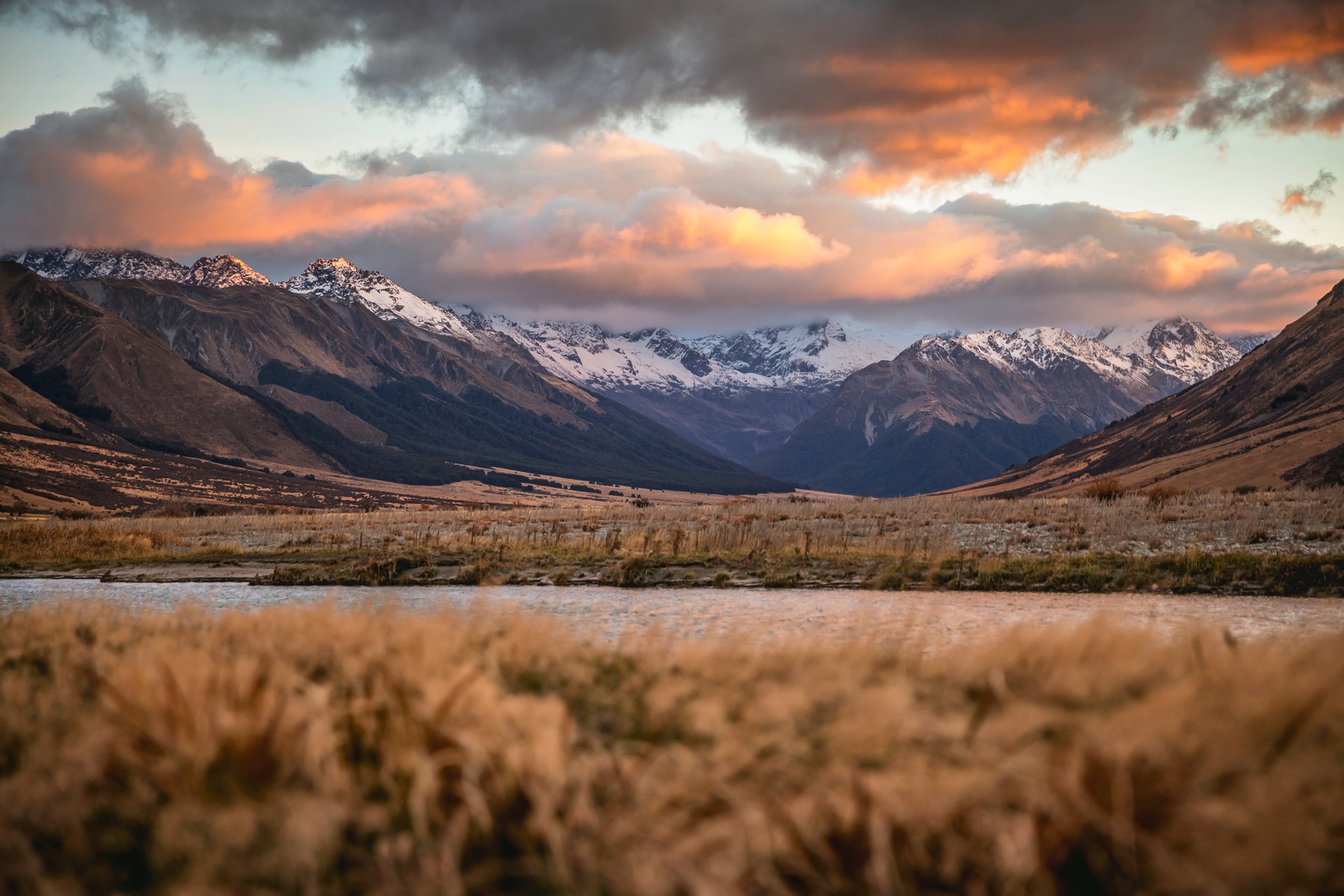
Lindis Pass Canterbury The Power of the Dog Film Location – Credit: Miles Holden
Award-winning, Jane Campion’s The Power of the Dog was shot on location across New Zealand – including the city of Dunedin, Lindis Valley, Oamaru and Queenstown – with its production base in Auckland. The 17 weeks of pre-production and 50 days of filming has provided hundreds of jobs to those in the screen sector and the dozens of vendors who have supplied their services. Last December, New Zealand also celebrated the 20th Anniversary of the first film in the iconic Lord of The Rings trilogy, The Fellowship of the Ring. And with that, the world saw its first glimpse of New Zealand as Middle earth, setting the scene for J.R. R Tolkien’s novel series. The impact of the films on tourism in New Zealand has been monumental, and it remains a driver for visitation 20 years on.
Rare and Unique Wildlife
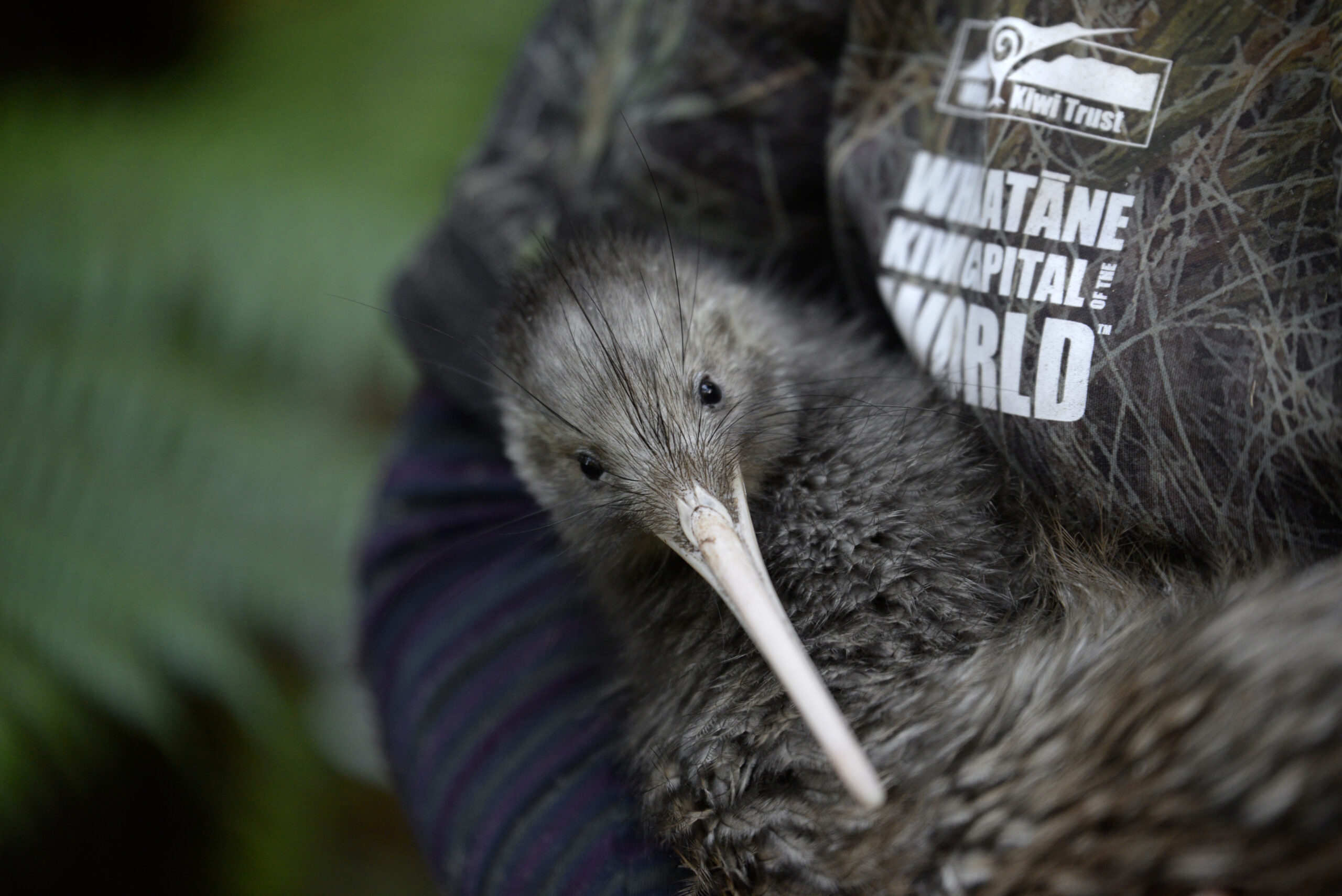
Kiwi Bird – Credit Tourism Bay of Plenty
New Zealand is a paradise for flora and fauna, and unique due to its evolution in isolation for millions of years. 80% of local trees, ferns and flowering plants are found only in New Zealand, and 10-15% of its total land area is covered with native flora. The world’s rarest dolphin, the Hector’s dolphin, is found only here. In the South Island, the undersea Kaikōura Canyon brings abyssal depths and sperm whales close to the coast, and whale watching has been a major tourist attraction since the 1980s. Auckland’s west coast is home to remarkable gannets – a colony appears every year at Muriwai Beach, from August to March, following their return from Australia; the east coast islands in the Hauraki Gulf like Motuihe, Rotoroa and Rangitoto are sanctuaries for native birds, meaning you can spot Kiwi, Takahe and Pāteke in their protected environments.
Māori Culture and History
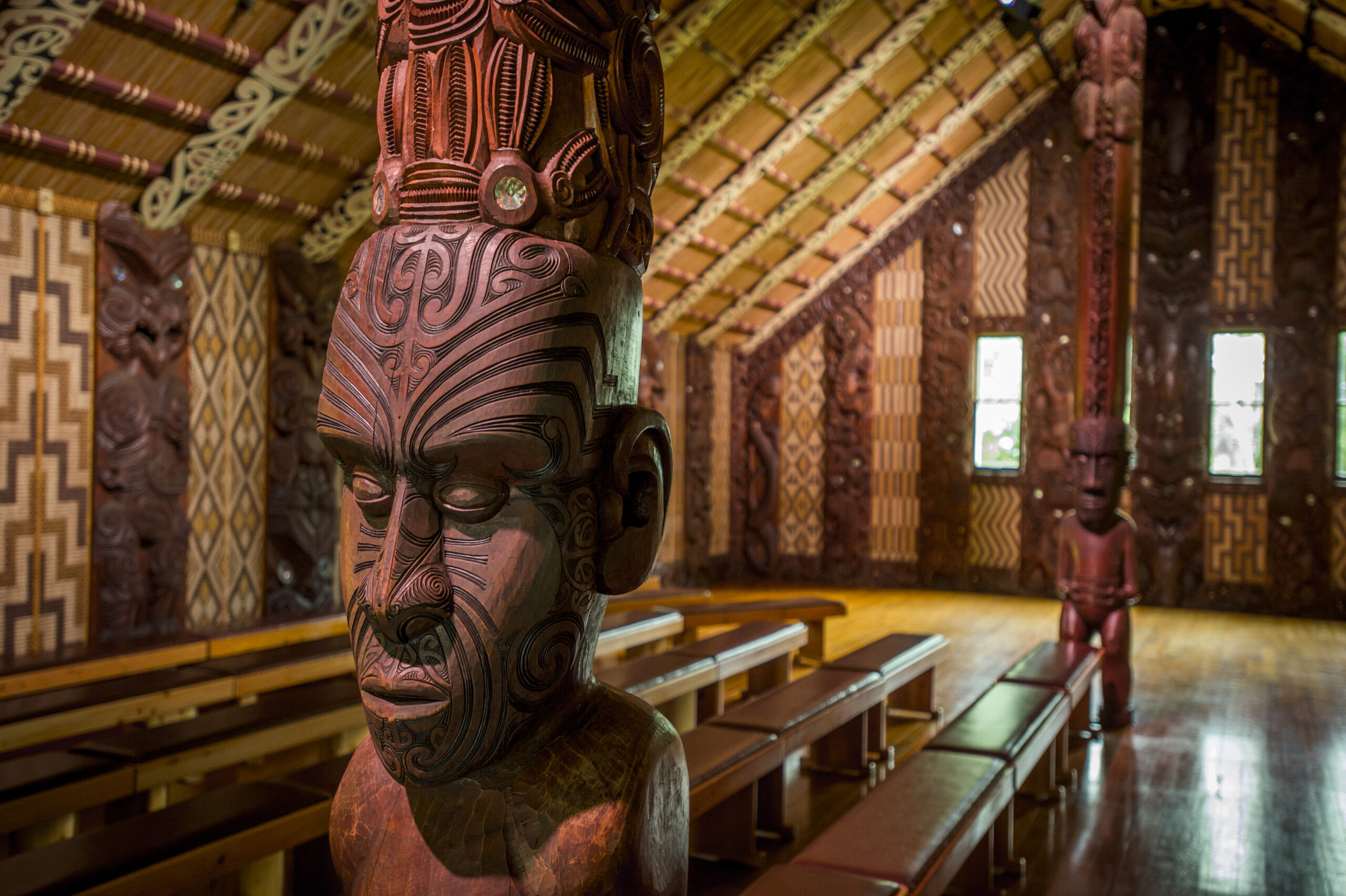
Waitangi Treaty Grounds Meeting House – Credit David Kirkland
Waitangi Treaty Grounds Waitangi, North Land
An interactive cultural, heritage, tourism and education centre opens in Hokianga, the cradle of Māori nationhood. Manea Footprints of Kupe is a significant story for Northland as well as New Zealand, as it celebrates our “sense of place”, past, present, future, and ensures that our tupuna (ancestors) are shared and remembered. Northland is the perfect place to become educated on New Zealand’s history. In Footprints Waipoua, you can experience the affinity that Māori have with the forest and greet the oldest and largest known kauri trees in the world, while in Waitangi Treaty Grounds you can visit the location where NZ’s founding document was signed.
Top Dive Location (Poor Knights Islands | North Land)
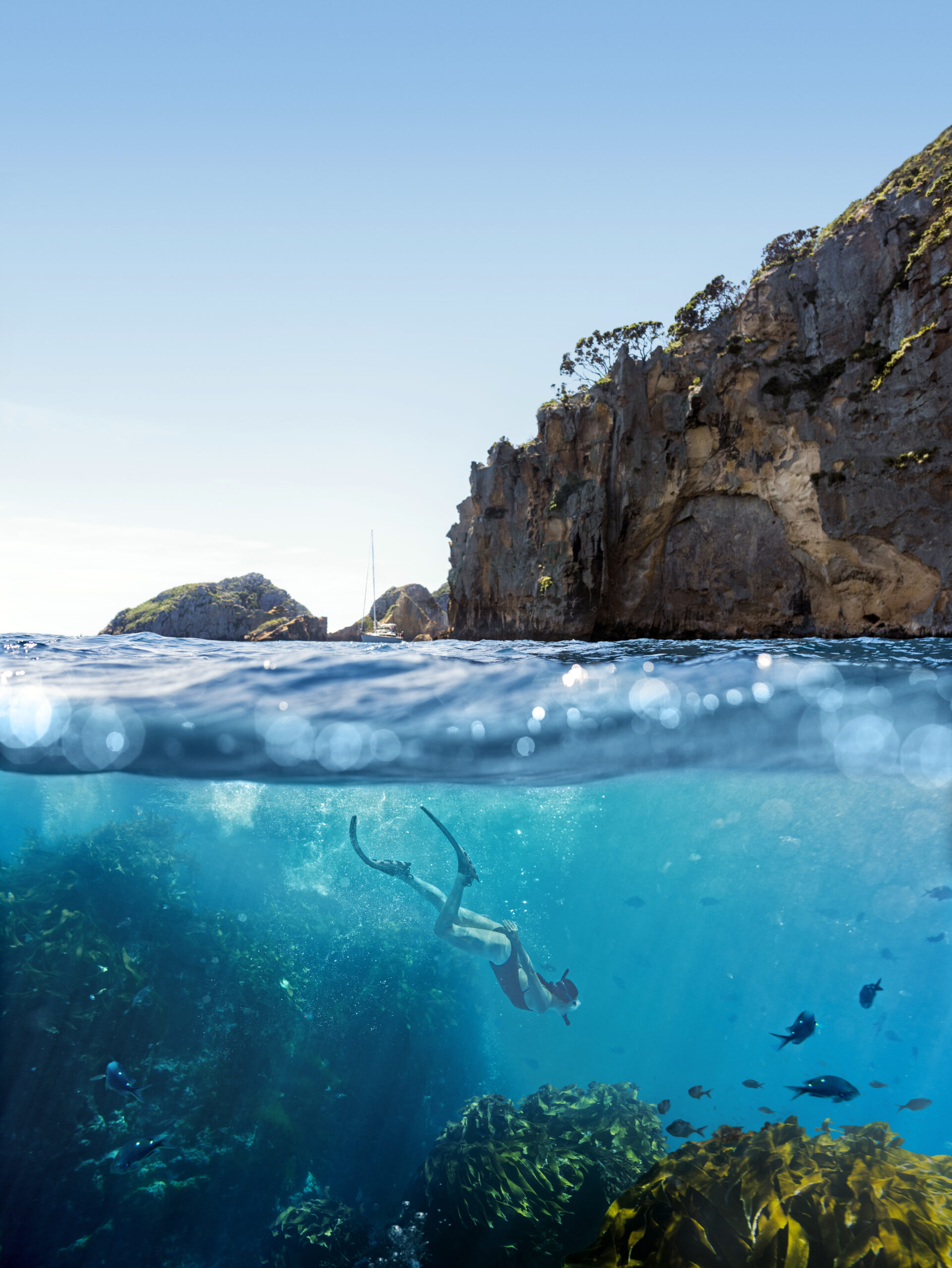
Poor Knights Islands – Credit Fraser Clements
The Poor Knights Islands in Northland are one of the world’s top dive locations. Beneath the waves, an ocean of diving has been compressed into a relatively small area. The Poor Knights are home to the Rikoriko Cave, one of the largest sea caves in the world. There are sponge gardens and gorgonian fields inhabited by a myriad of fish, shellfish, urchins, and anemones. The islands’ famous arches are fascinating to explore, with countless animals competing for space on the walls. In the warmer months, squadrons of stingrays can be seen cruising the waters of the archways.
Ski Paradise
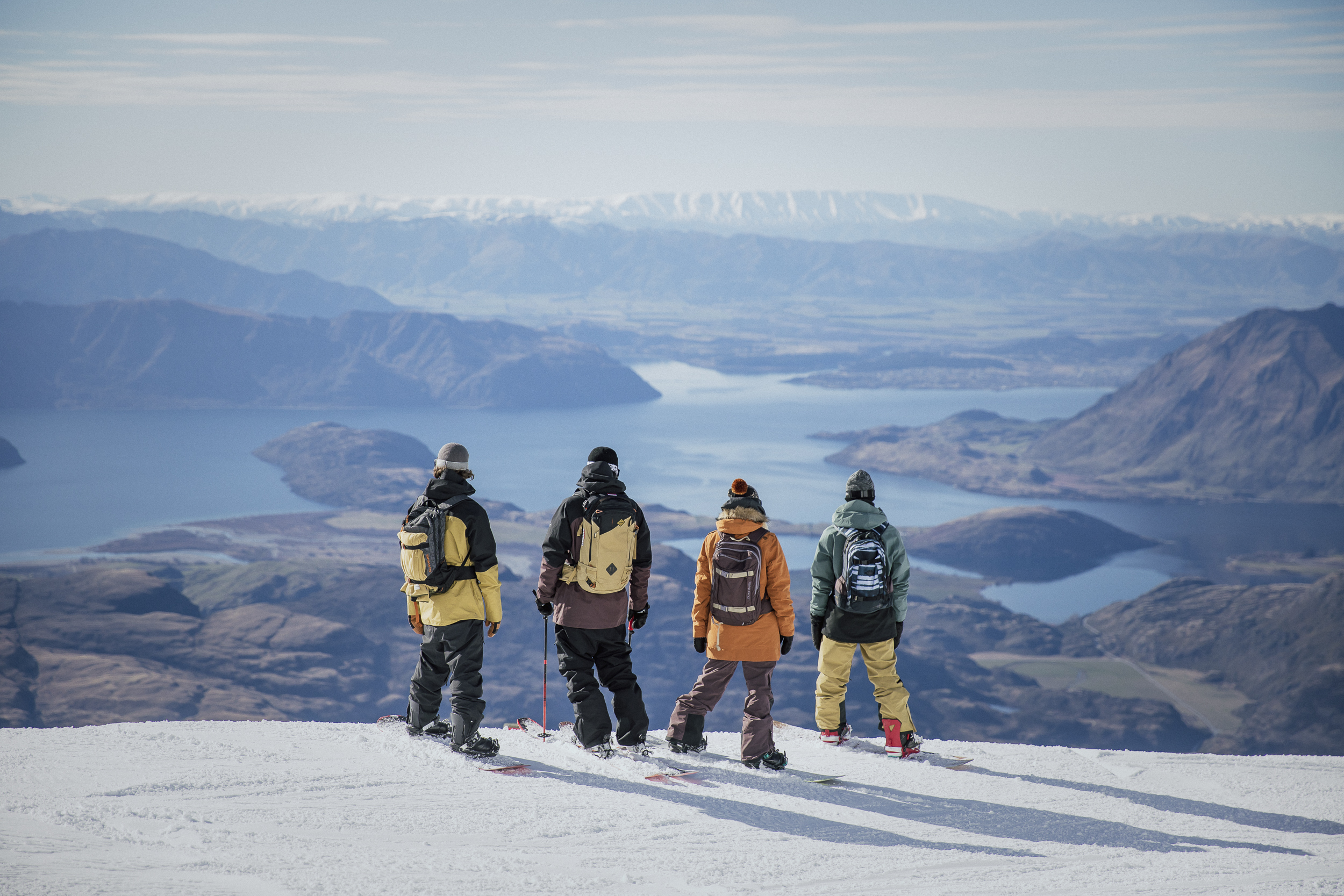
Treble Cone Wanaka – Credit Mark Clinton
Treble Cone Wanaka, South Island
The alpine environment of the South Island offers options aplenty. Canterbury’s Mt Hutt has the longest season in the country and has been voted the nation’s best for 6 years in a row. Known for their exceptional slopes, Queenstown and Wanaka round out the offerings, concentrating commercial fields considered the best places to ski in the country: the Remarkables, Coronet Peak, Treble Cone, and Cardrona, being the latter a training ground for NZ’s first-ever Winter Olympics gold medallist, Zoi Sadowski-Synnott. State-of-the-art chairlifts, cruising groomed runs, playful super pipes and spectacular views make for a fun day of play no matter where you choose.
The Tiaki Promise
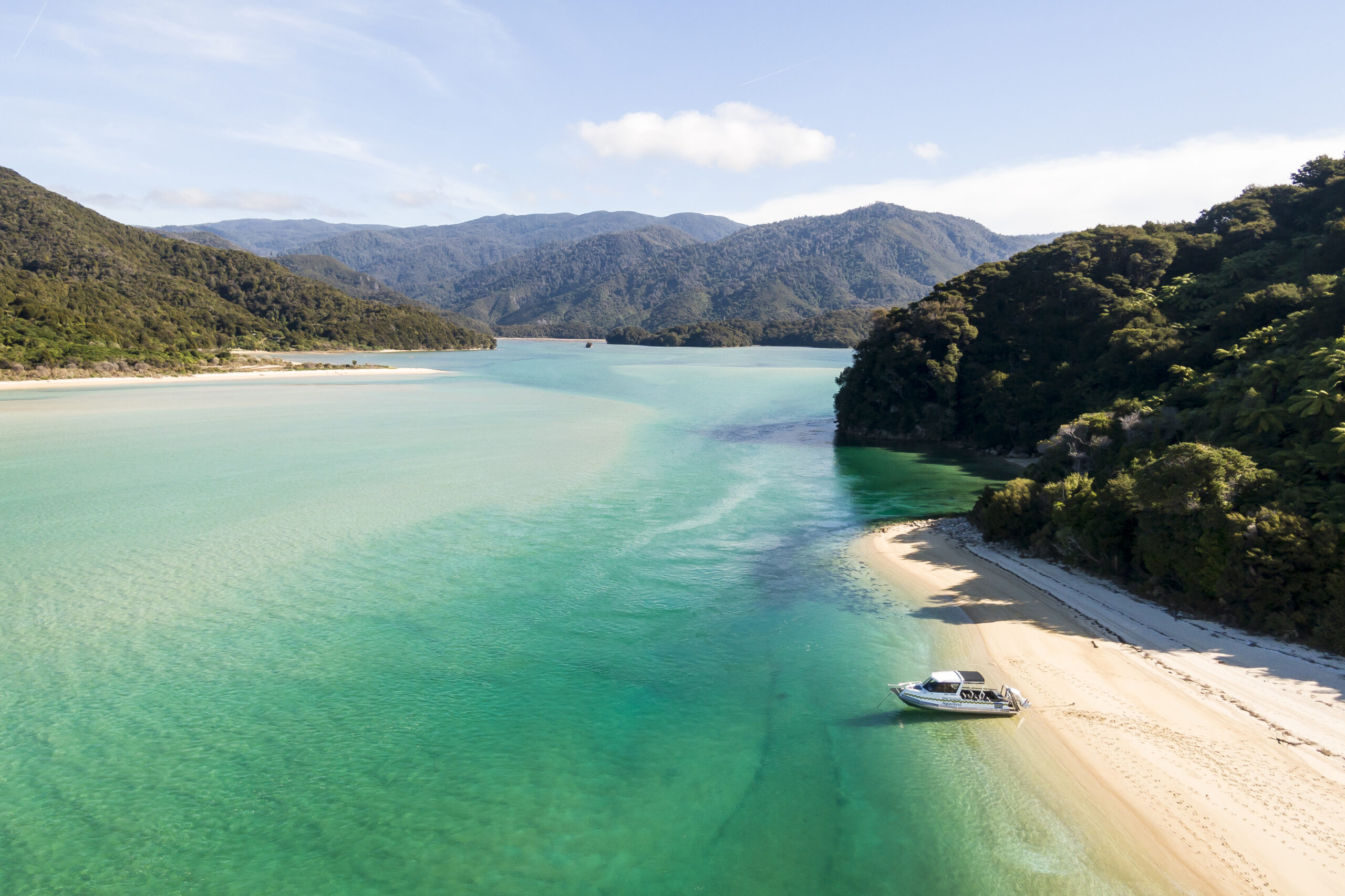
Awaroa Estuary Abel Tasman – Credit Abel Tasman AquaTaxi
Abel Tasman Aqua Taxi | Mārahau, South Island
Tiaki means to care for people and place, and the Tiaki Promise is a commitment for travellers to protect New Zealand. To care for its land, sea, and nature, treading lightly and leaving no trace. To travel safely, showing care and consideration for all. And to respect the culture and local communities. If you want to go even further and enjoy a light footprint holiday, the Nelson Tasman region, a South Island must-visit, offers a 4-day zero carbon itinerary. Abel Tasman Aqua Taxi and Mārahau Sea Kayaks offer boating, hiking and kayaking trips in the beautiful Abel Tasman National Park, all of which have been measured and are zero carbon certified.


